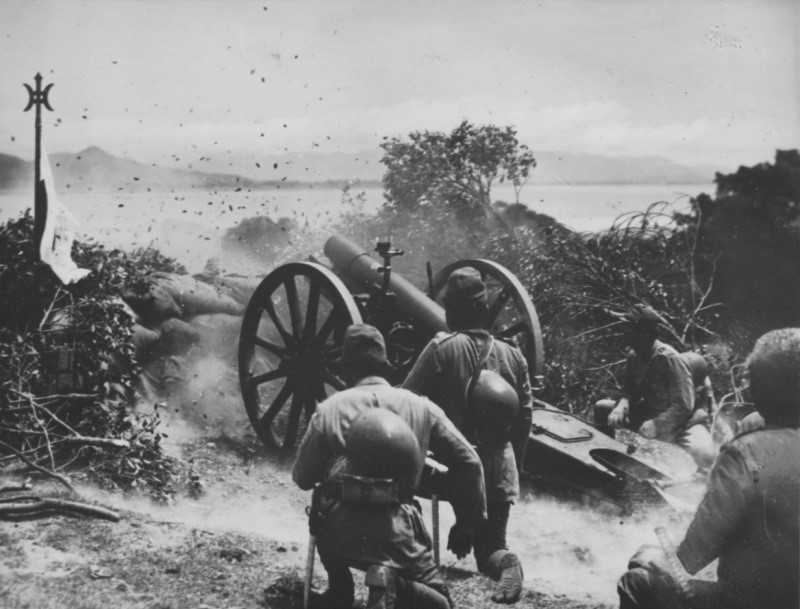
| Year | 1911 |
| Weapon Type | Heavy Howitzer |
| Origin & Designer | Japan/Osaka Arsenal |
| Numbers Produced | [@numbers_produced] |
| Crew | 10 |
| Calibre | 149.1mm |
| Elevation | 0° to +42° |
| Traverse | 5° |
| Breech | Interrupted Screw |
| Recoil | Hydrospring |
| Gun Sight | Panoramic |
| Gun Mount | [@gun_mounts] |
| Carriage | Box Trail |
| Trailers | [@trailers] |
| Gun Shield | 4mm |
| Armoured Plate | [@armoured_plate] |
| Barrel Length | 1.880mm (L/12.6) |
| Overall Length | 4.09m |
| Width | [@width] |
| Height | [@height] |
| Weight | 2.250 kg (In Action) |
| Round Weight | 35.9 kg (HE) |
| Muzzle Velocity | 290 m/s |
| Feed | [@feed] |
| Magazine Capacity | [@magazine_capacity] |
| Practical Rate of Fire | [@practical_rate_of_fire] |
| Rate of Fire | 4 r.p.m. |
| Maximum Rate of Fire | [@maximum_rate_of_fire] |
| Maximum Ceiling | [@maximum_ceiling] |
| Maximum Ground Range | [@maximum_ground_range] |
| Maximum Range | 5.890m |
| Armour Penetration | [@armour_penetration] |
| Traction | Horse Drawn (Two Loads) |
| Variants | [@variants] |
| Notes | The type 38 150mm howitzer was a Krupp design which was initially imported from Germany. The Japanese then built more under license and these were issued to heavy artillery regiments. By the end of the Great War, it was considered obsolete but was kept in service and saw action in China and later against the Soviets. Some were still available for use in the early phases of World War Two. |